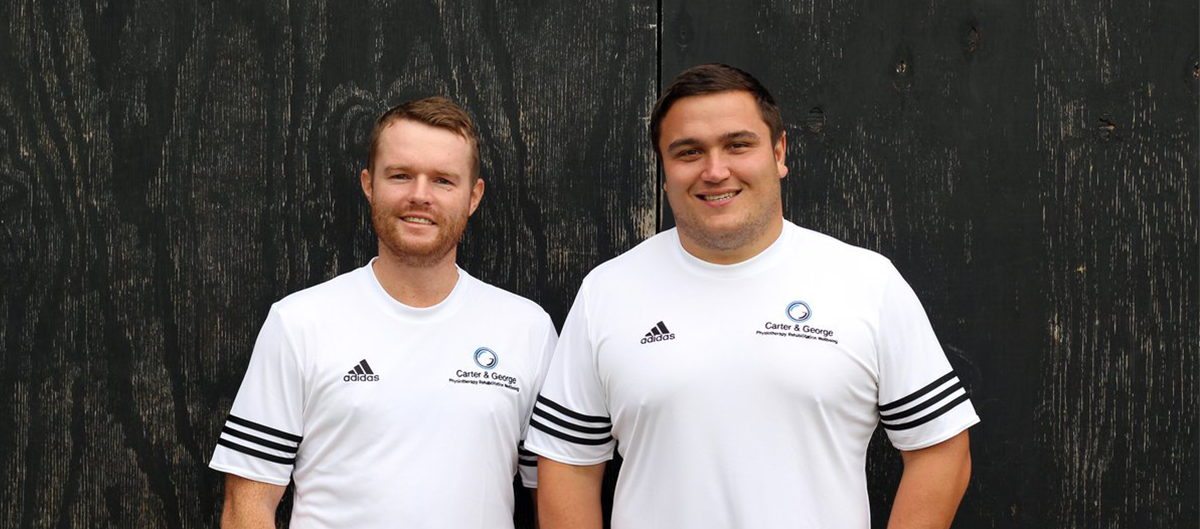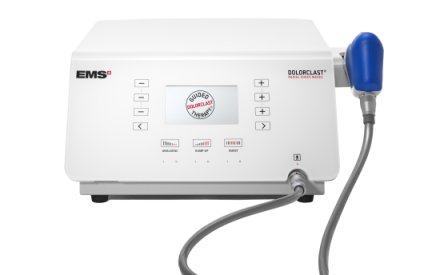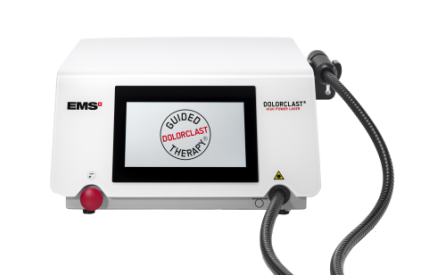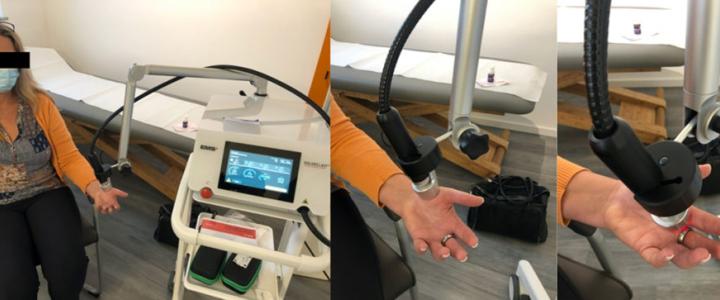
Behandlung einer chronischen Plantarfasziitis mit Kombinationstherapie
Tendinopathien sind ein wichtiges Thema in der Praxis des Profisports. Diese Art von Pathologie muss schnell behandelt werden, um die körperliche Leistungsfähigkeit der Athleten nicht zu beeinträchtigen. Manchmal verschwinden aber diese Tendinopathien trotz der von den Pflegeteams unternommenen Behandlungsbemühungen nicht. Sie werden dann chronisch und können die Karriere des Athleten gefährden, der keine andere Wahl hat, als mit der Pathologie zu leben, welche dann schließlich andere funktionelle Probleme verursacht.
Entdecken Sie unsere Produkte
DolorClast® Radial Shock Waves
Zur Behandlung oberflächlicher subakuter oder chronischer Muskel-Skelett-Pathologien
DolorClast® High Power Laser
Zur Behandlung oberflächlicher oder tiefer subakuter oder chronischer Pathologien des Bewegungsapparats




